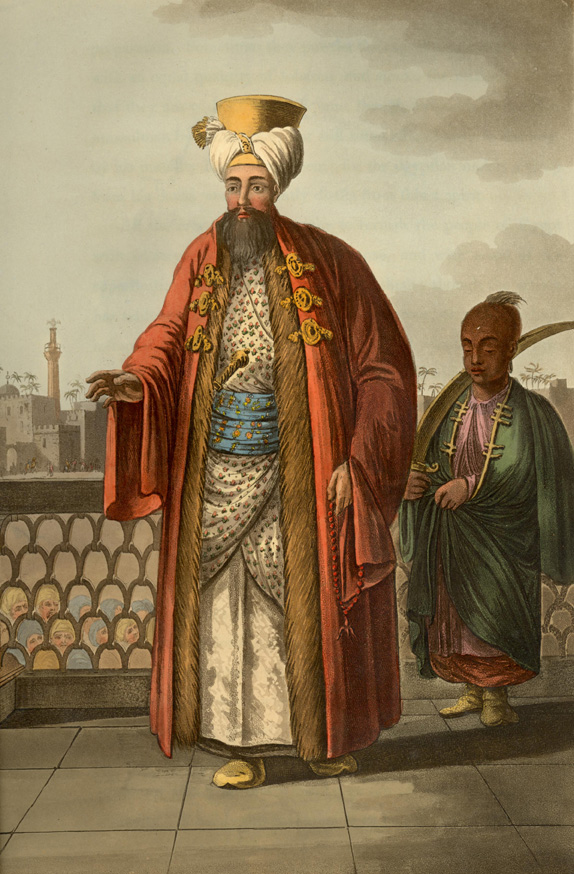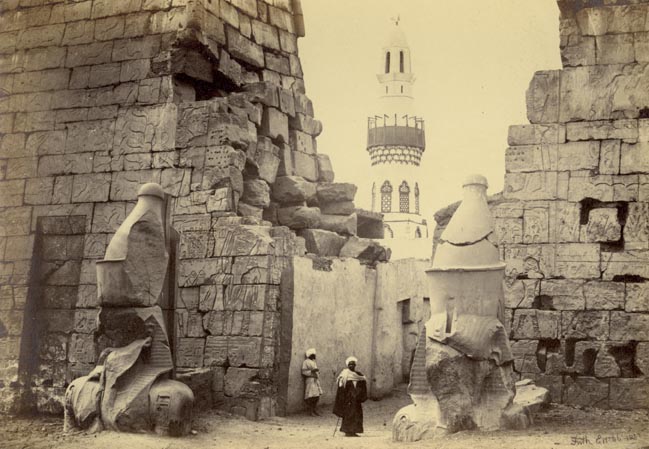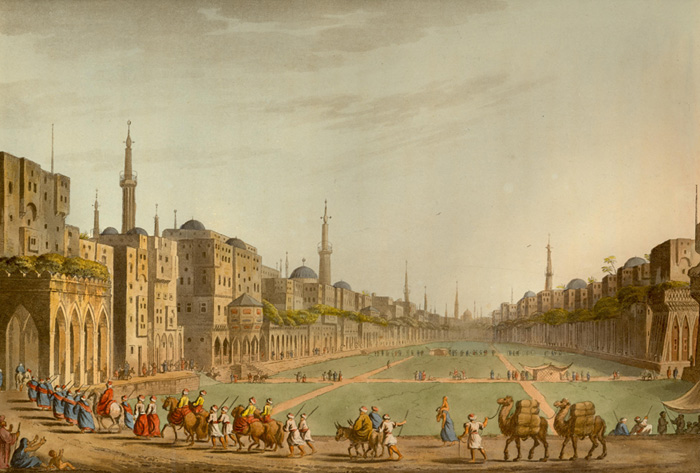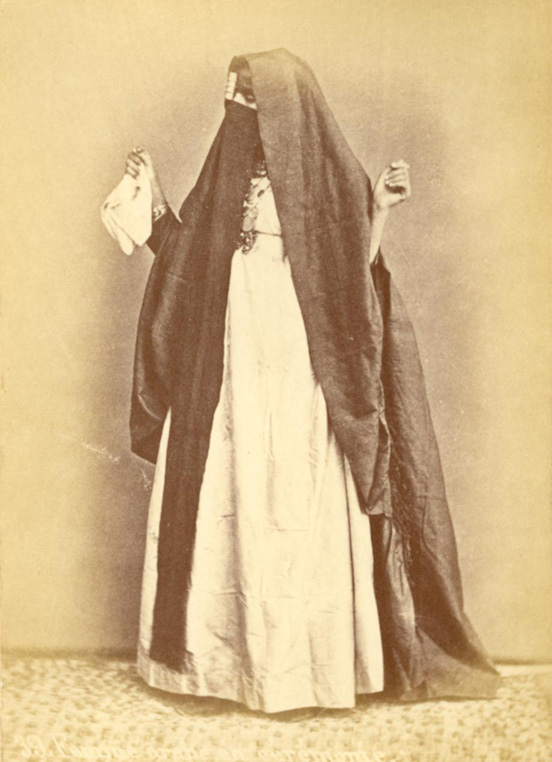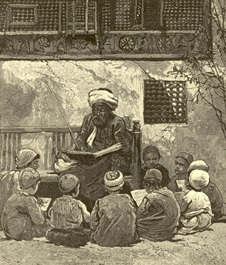By Kevin Grace
In the early weeks of 2011, the uprisings in the Arab world increased from the beginning protest in Tunisia that toppled a government to the Mideast – Yemen, Jordan, and Iraq. The protests continue, but none have been so prolonged and so pronounced as those in Egypt and in the Maghreb, particularly the rebellion in Libya.
The revolt in Egypt was certainly one of the most dramatic ones – the continual protest and action in the streets resulted in the end of the Mubarek regime. During the uprising, a University of Cincinnati professor and a UC student were there in the middle of it. One effect of these protests and armed rebellions is that to this time, we have been relatively uninformed about that area of the world. Now, with instant internet coverage, tweets, blogs, Facebook and other social media, we are presented with fresh images of the countries and the cultures of North Africa. Despite this extensive news coverage, we still lack an historical understanding of the Arab nations along the Mediterranean rim, even though media reports and commentaries provide substantial looks at current situations.Questions remain as to how Egypt, Libya, and other lands came to be regarded as they have in our imaginations and in our understanding. Recently, we have scanned several images from our rare books on the 19th century European view of Egypt. The pictures illustrate the wonder in which artists and photographers and chroniclers expressed when they bore witness to Egyptian life. In some ways, they can be viewed as a bit overwrought in their romantic view of a strange land, but they are frequently accurate in their details of landscapes and daily life. In the Western world, these are the images that formed our historical perspective of North Africa. Coupled with current events, perhaps they will contribute to a fuller understanding of Egyptian traditions and heritage
One of the rich collection specialties of the Archives & Rare Books Library is early travel and exploration. These images are from this subject area, and are frequently used by courses in History, Political Science, Art History, Area Studies, Anthropology, and Geography. To find out more about the rare books holdings and how they can be used as primary source material for course assignments, please contact the Archives & Rare Books Library at 513.556.1959, by email at archives@ucmail.uc.edu, or on the web at www.libraries.uc.edu/libraries/arb/index.html.

